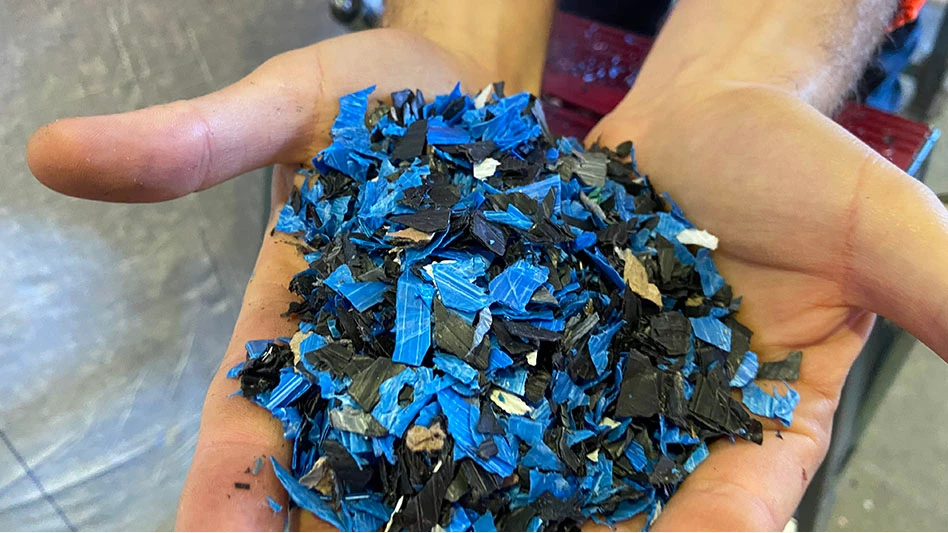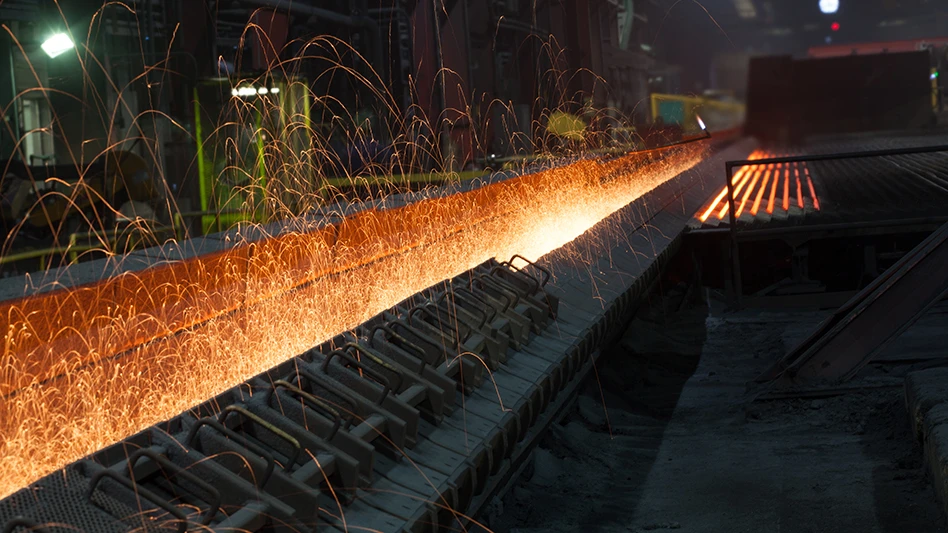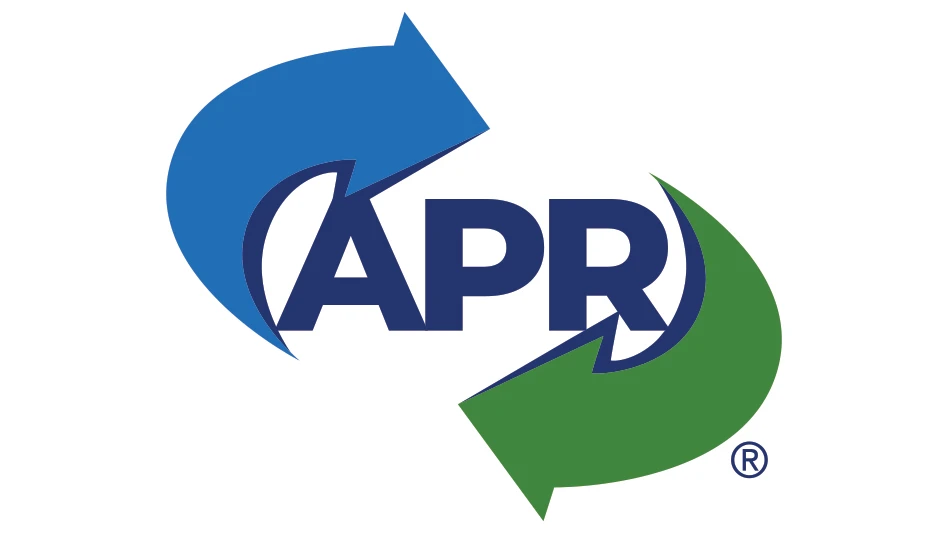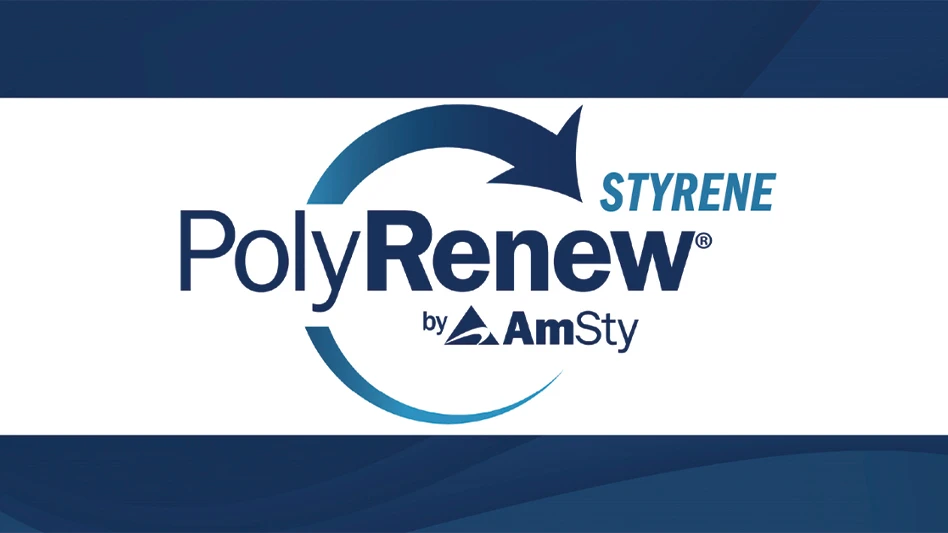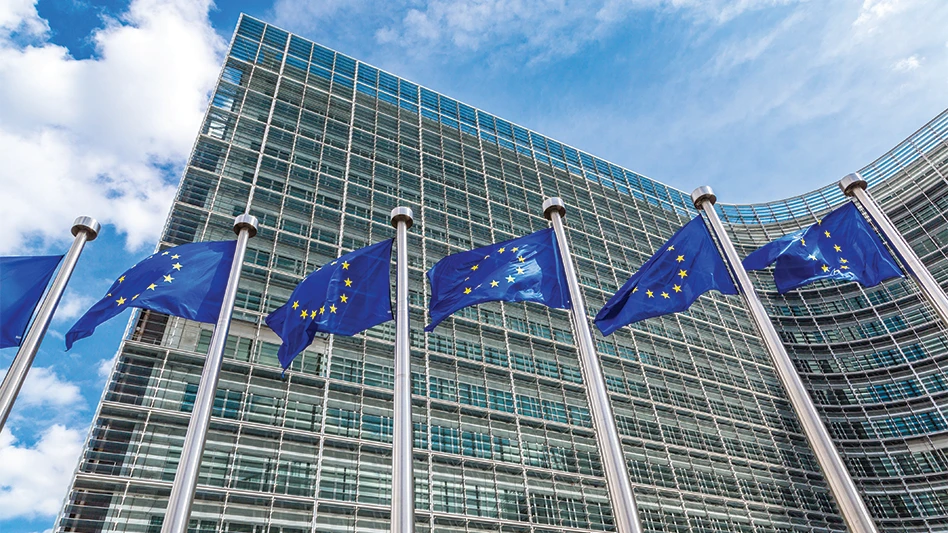|
|
As we flip our calendars to 2015, more than a few of you likely have paused to review the year we have just concluded. While 2014 saw some notable events in the world of metals and metals recycling, such as the opening of Novelis’ production plant in Germany, which the aluminum firm says is the world’s largest aluminum scrap consuming facility; the groundbreaking for Big River Steel’s $1.3 billion steel mill and recycling facility in Osceola, Arkansas; and the sale of Severstal North America’s steelmaking assets to AK Steel and Steel Dynamics, the year probably will not stick out in the memories of scrap processors and traders, particularly those handling ferrous metal, five or 10 years from now. Ferrous scrap pricing experienced little volatility throughout the first three quarters of 2014, though October saw pricing for No. 1 busheling, as reported by American Metal Market, decline by $15 per ton. No. 2 shredded scrap pricing declined somewhat more steeply, losing $20 per ton from September to October, according to the Raw Material Data Aggregation Service (RMDAS) of Management Science Associates (MSA), Pittsburgh. Pricing for these two ferrous scrap grades softened somewhat further in the final two months of the year. The decline in nonferrous pricing was more pronounced. Copper declined from $7,294 per metric ton on the London Metal Exchange (LME) in January 2014 to $6,700 in November, after having exhibited upward movement in the late spring and mid-summer. And aluminum pricing declined by more than 7 percent from the end of 2013 to September 2014. Both of these nonferrous metals have been characterized by oversupply. Aluminum producers have been shuttering production capacity throughout the last year in an effort to address this issue. And at least one copper producer says that metal will end 2015 in a deficit resulting from Chinese demand and mining disruption, which may help to elevate scrap pricing. Some ferrous scrap processors say they see the potential combination of reduced supply and the need to build winter inventories as positive signs heading into 2015, while those dealing in nonferrous metals are looking for a catalyst to jump-start copper and aluminum markets. Such an event may be easier to come by in the aluminum sector, sources say, in the form of increased export demand. They seem less optimistic regarding copper scrap, however. While Operation Green Fence was a topic of great interest in 2013, it is less of an issue today as recyclers have adapted to the new reality. However, China remains a source of concern as it transitions to a service economy. As the market driver for so many secondary commodities, recyclers will be looking closely at the country in the year ahead, which could amount to yet another unremarkable year. |
Get curated news on YOUR industry.
Enter your email to receive our newsletters.
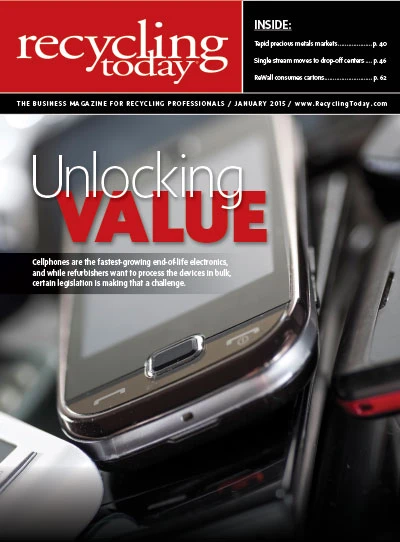
Explore the January 2015 Issue
Check out more from this issue and find your next story to read.
Latest from Recycling Today
- AF&PA report shows decrease in packaging paper shipments
- GreenMantra names new CEO
- Agilyx says Styrenyx technology reduces carbon footprint in styrene production
- SABIC’s Trucircle PE used for greenhouse roofing
- Hydro to add wire rod casthouse in Norway
- Hindalco to invest in copper, aluminum business in India
- Recycled steel price crosses $500 per ton threshold
- Smithers report looks at PCR plastic’s near-term prospects

